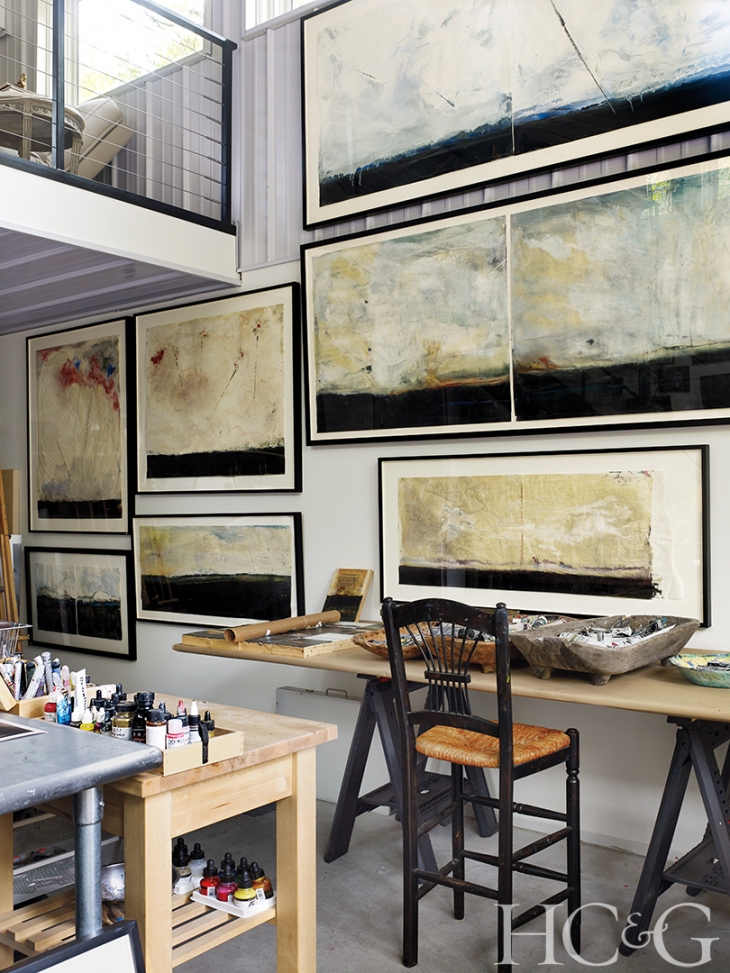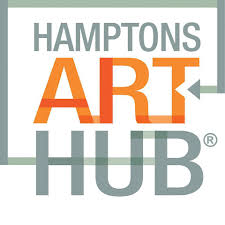Jaime Lopez Catches a Wave: New Book Captures Hamptons Artists
by Bridget Leroy for James Lane
Read the original story on James Lane Here
Cover of Hamptons Artists: The Current Wave
Artists capture moments of light, of truth, of perspective. Jaime Lopez, a Peruvian-born photographer who lives in Sagaponack with his family, decided to capture the artists themselves.
The result is “Hamptons Artists: The Current Wave,” a book filled with images of 48 local artists whom Lopez has immortalized in portraits of both them and their work. The text for the book was written by Coco Myers of the folioeast gallery in East Hampton.
When he first opened his studio in Sagaponack, after years in the fashion magazine photography industry, “I figured that I would do personal projects like photographing the farmers of Sagaponack, but I asked Coco Myers, who represents my fine art photography, if I could photograph one of her artists instead,” said Lopez. That portrait became two, then six, “then I realized I had something, so we kept going and all of a sudden I had a small layout.” Soon, Lopez and Myers “had a book in our hands,” he said.
“I often accompanied Jaime to these shoots, which were such fun,” Myers said. “The photos were so intimate and revealing and uplifting. Jaime makes everyone comfortable.” The text includes quotes from the artists and “a little blurb about them,” said Myers. “We self-published a short run of books and decided to have an event to present them.”
That became an event at Ashawagh Hall in Springs, curated by Myers. The book sold out, and a new printing is in the works.
Portrait of folioeast artist James DeMartis
James DeMartis is one of the Hamptons artists captured by Lopez. “I think the reason the portraits are so successful, intimate, and revealing of each of us is because Jaime has a way of working without the pretense of photography,” DeMartis said. “He is conversational and laid back. He has a curiosity, interest, and casualness that allows us as subjects to ease comfortably into our natural skin.”
Lopez provided that ease by meeting the artists, having a conversation and a cup of coffee, and asking them “to play for the camera. Artists are visual people so they understood the camera. The rest was up to the photography gods,” he said.
As the project progressed, it became more than an interest to Lopez. It became a mission. “I wanted to create a document of who we were while here during these years—a legacy for others to enjoy and appreciate, I felt I owed this to the artists themselves, and their art.”
And even beyond that, Lopez found his own photographic art developing in the process. “I rediscovered photography in its essence,” he said. “This project made me more curious about these artists and how they may be in front of a camera. I experimented like I had in the beginnings of my passion for photography. My ‘a-ha’ moment was that after all these years, this rediscovery was possible.”
And along with that came a mission to give back to the community, something which Lopez had already been mulling over for years. “I kept thinking, ‘How can I give back to my community?’ A fireman? Too late. An emergency medical technician? I wouldn’t be good at it. Then I realized it would be better do what I could do well. The book was the answer.”
Limited editions of the book are available at Golden Eagle in East Hampton, Sylvester & Co in Sag Harbor, and the Parrish Art Museum in Water Mill.

























































